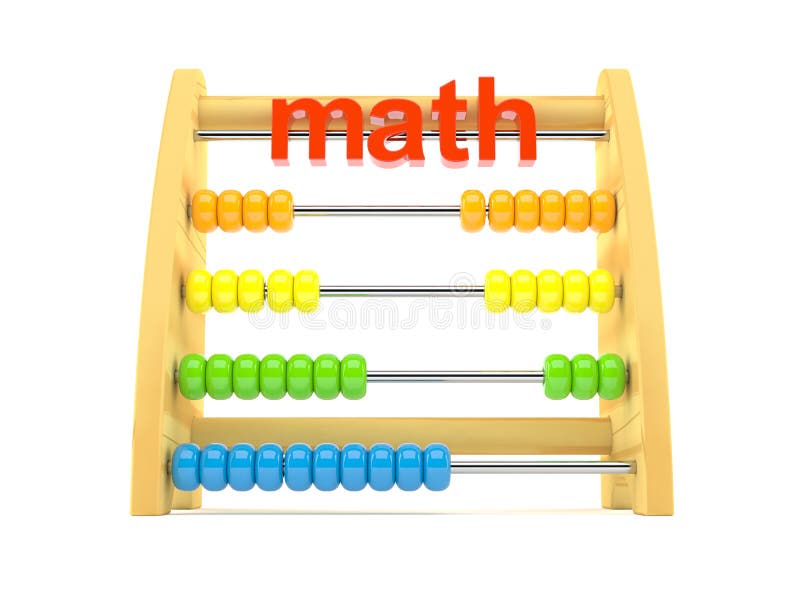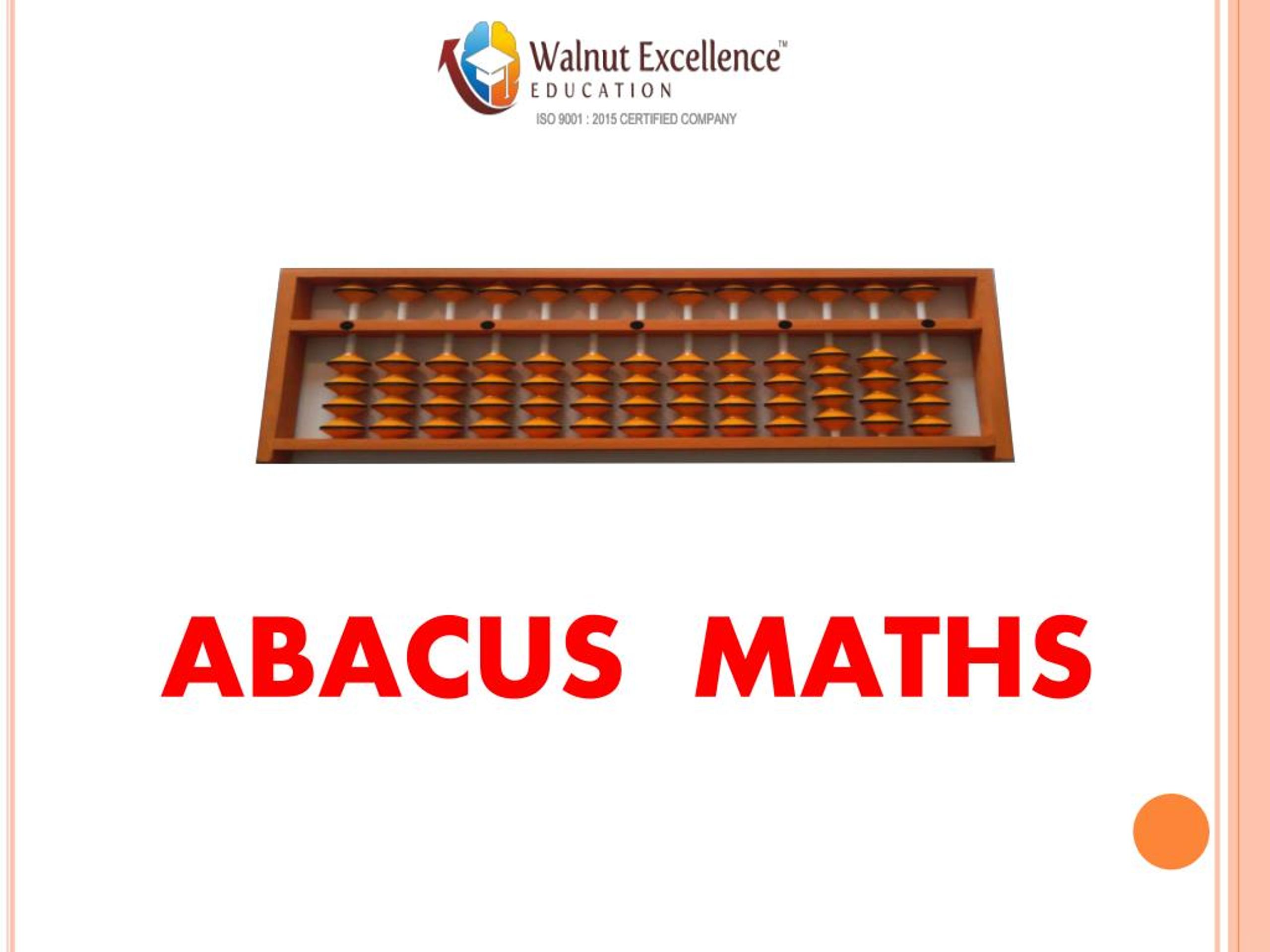
The abacus remains in common use as a scoring system in non- electronic table games. Merchants, traders, and clerks in some parts of Eastern Europe, Russia, China, and Africa use abacuses. Some of these methods work with non- natural numbers (numbers such as 1.5 and 3⁄ 4).Īlthough calculators and computers are commonly used today instead of abacuses, abacuses remain in everyday use in some countries. Any particular abacus design supports multiple methods to perform calculations, including addition, subtraction, multiplication, division, and square and cube roots.

The abacus is still used to teach the fundamentals of mathematics to children in most countries.ĭesigns such as the Japanese soroban have been used for practical calculations of up to multi-digit numbers. In the ancient world, particularly before the introduction of positional notation, abacuses were a practical calculating tool. Abacuses are still made, often as a bamboo frame with beads sliding on wires. Later the beads were made to slide on rods and built into a frame, allowing faster manipulation. In their earliest designs, the rows of beads could be loose on a flat surface or sliding in grooves. One of the two numbers is set up, and the beads are manipulated to perform an operation such as addition, or even a square or cubic root. It consists of rows of movable beads, or similar objects, strung on a wire. The exact origin of the abacus has not yet emerged. It was used in the ancient Near East, Europe, China, and Russia, millennia before the adoption of the Hindu-Arabic numeral system. The abacus ( plural abaci or abacuses), also called a counting frame, is a calculating tool which has been used since ancient times. There was keen competition between the two from the introduction of the Algebra into Europe in the 12th century until its triumph in the 16th. The woodcut shows Arithmetica instructing an algorist and an abacist (inaccurately represented as Boethius and Pythagoras). For the medieval book, see Liber Abaci.Ĭhinese abacus Calculating-Table by Gregor Reisch: Margarita Philosophica, 1503.
ABACUS MATHS WIKI HOW TO
Timer.js: this script will handle how to render the UI in DOM."Abaci" and "Abacuses" redirect here. Math.js: this script will generate math problem. In addition to the entry file, there will be three main scripts involved in this project:Ībacus.js: this script will handle the abacus computing logic. Javascript and CSS for abacus computing logic and UI.This project will be implemented with the following technologies: On the left, there will be controls to reset the problem and input control where user can manually enter their math problems. At the bottom of each beads column, it will display a sum number interactively as user move the beads. In both modes, user can view the abacus frame with columns and rows consist of beads.
ABACUS MATHS WIKI FREE
This app will consist of a screen game setting, where user can choose the free mode or challenge mode.

The application has two modes where the student can use the abacus freely in free mode, and challenge themselves in challenge mode with a timer. In that way, the student will be able to check the answer. It will calculate the sum everytime a bead is moved.

This Abacus Fun application will simulate the way abacus work and designed to guide kids learning simple arithmatic in a concret and fun way. Abacus, also called counting frame, is a calculating tool that was invented in ancient China.


 0 kommentar(er)
0 kommentar(er)
